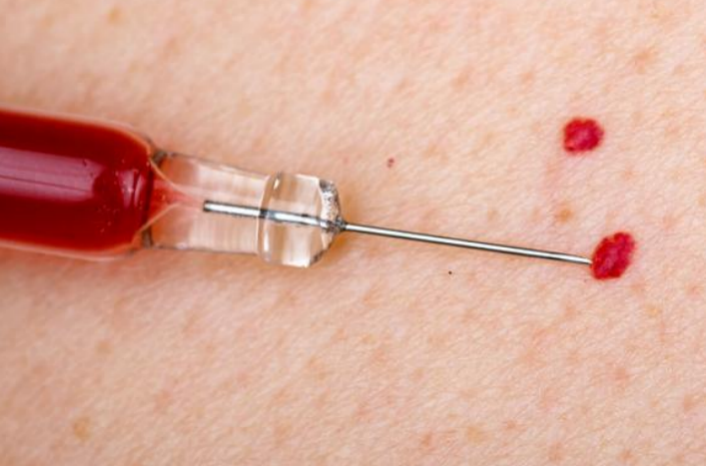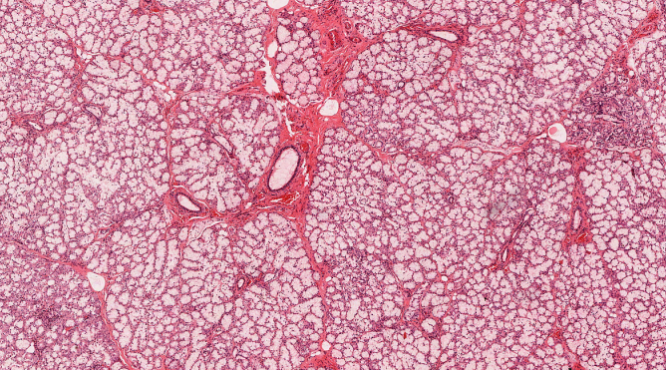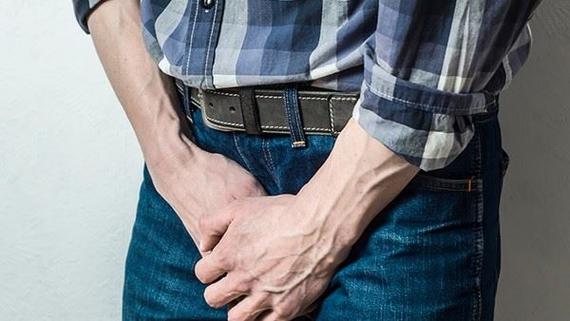One day, you might notice a few small red spots on your skin and wonder, "What is going on"? These tiny red dots could signal underlying health issues that deserve attention.Some red spots resemble miniature cherries on the skin, known as cherry angiomas. These "tiny candies" mostly appear in people over the age of 30, like red fragments sprinkled by time onto the skin. They often show up during pregnancy and can sometimes be linked to environmental factors or exposure to certain chemicals. Usually, they are harmless, but if these "cherry candies" change in colour, shape, or size, it’s advisable to see a doctor—much like inspecting a seemingly ordinary fruit for potential problems.

Petechiae are another "mystery" of the skin. These small, round red spots resemble nature's fingerprints. Unlike cherry angiomas, petechiae don’t fade when pressed because they are caused by tiny ruptures in blood vessels beneath the skin. These spots may appear in unexpected places, such as the eyelids or inside the mouth, acting as a "warning signal" from the body. Petechiae could be associated with allergic reactions, autoimmune diseases, or blood clotting issues, akin to a river suddenly breaching its banks and causing minor flooding. Treating petechiae depends on the cause. If an infection causes the "flood," antibiotics might be necessary, while a cold compress can help alleviate "bruising" from minor trauma. Imagine a soothing ice pack gently placed on swollen skin, easing pain and aiding recovery.
If you feel a patch of rough, slightly reddened bumps on your arms or thighs, it might be keratosis pilaris. This condition looks like a distant relative of "goosebumps" and tends to "visit" during dry seasons. Keratosis pilaris is a hereditary condition where hair follicles become overactive, like an overproducing "superfactory" of hair that results in blockages and inflammation. While it tends to recede during the humid summer months, it often returns with a vengeance in the cold, dry winter. Although there’s no definitive cure, using moisturisers and gentle exfoliants can help "cool down" these unwelcome guests, much like battling winter dryness with an umbrella and hand cream.

Leukocytoclastic vasculitis is a subtle and intense "micro-rebellion" playing out within tiny blood vessels. Imagine once-resilient and orderly blood vessels suddenly becoming sensitive and fragile overnight, like delicate porcelain prone to cracking under the slightest touch. Inflammation infiltrates these small life channels, disrupting their balance and altering their structure. In this silent battle, the vessel walls, like sand eroded by time, lose their ability to hold back the rushing blood. As a result, red or purplish spots begin to emerge under the skin, resembling splashes of paint scattered haphazardly in dawn or twilight. These irregular and asymmetrical spots tell a story of the internal unrest within the body. What’s more concerning is that this battle's impact goes beyond the skin—it could spread, quietly affecting other parts of the body. These spots, while small, are significant—they are not merely decorations on the skin but warning signals from within. Like miniature, intricate oil paintings, each mark carries the complex and delicate story of the fight between white blood cells and blood vessels.
So, the next time you notice little red spots on your skin, don’t panic. Exercise patience and keep observing. These "sparkles" might reveal messages from your body. When in doubt, consult a doctor to help decode these "skin secrets" with their professional expertise.






